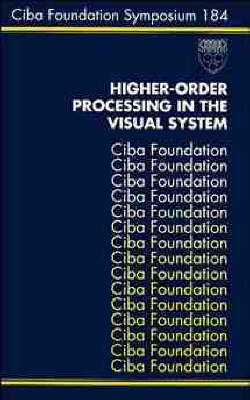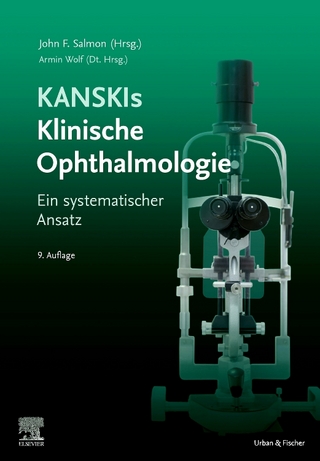
Higher-order Processing in the Visual System
John Wiley & Sons Ltd (Verlag)
978-0-471-94412-6 (ISBN)
- Titel ist leider vergriffen;
keine Neuauflage - Artikel merken
Higher-Order Processing in the Visual System Chairman: Michael Morgan 1994 The task of the earliest stages of visual processing, in the retina, lateral geniculate nucleus and primary visual cortex (V1), is to represent the optic array in a sufficiently economical yet rich form for subsequent neural analysis to permit seeing'. Vision may be considered as proceeding in a sequence of representations, from low level' data-driven representations of the retinal image up to object-based representations that provide information about the outside world. If this is true, then it is vital we understand the nature of the representation at the earliest levels, because this will constrain the nature of all subsequent processing. This book brings together leading neurophysiologists and psychophysicists to discuss this processing in several types of visual perception. Many neurons in layer IV of striate cortex show linear spatial summation and properties consistent with linear temporal summation. Other neurons sum visual signals in a non-linear manner; such behaviour is seen in the perception of texture and may be the basis for the detection of illusory contours'.
Within the visual cortex, cells that respond to a particular stimulus, such as motion in one specific direction, are arranged in columns. Each column may be regarded as a fundamental processing unit that responds to a range of inputs but has only one output. A representation of local features may provide the input to higher stages of pattern and object perception. Lines and edges carry much useful information about the visual image: a recent model in which both are detected simultaneously successfully predicts many visual illusions and is discussed here. Analysis of the perception of features in one- and two-dimensional images suggests that features might be computed locally from comparison of 1st, 2nd and higher spatial derivatives of the luminance image and has enabled the derivation of algorithms for blur and edge contrast. Over the past two decades, a remarkable consensus has been achieved in modelling visual motion perception, which is based on the supposition that the motion percept elicited by a visual stimulus reflects the distribution of stimulus energy in the Fourier domain.
Three papers discuss results which suggest that the human visual system uses non-linear transformations to analyse the motion of contrast-modulated patterns. Psychophysical experiments show that visual segmentation is based on local differences across a border of texture, colour or luminance, not on the analysis of global similarities. Feature contrast produces saliency, which is important in preattentive vision. Other Ciba Foundation Symposia: No. 179 The molecular basis of smell and taste transduction Chairman: F. L. Margolis 1993 ISBN 0 471 93946 3 No. 174: Experimental and theoretical studies of consciousness Chairman: T. Nagel 1993 ISBN 0 471 93866 1
Partial table of contents: Physiology, Morphology and Spatial Densities of Identified Ganglion Cell Types in Primate Retina (D. Dacey). Linearity and Non-Linearity in Cortical Receptive Fields (R. Shapley). Non-Linear Dynamics of Columns of Cat Visual Cortex Revealed by Simulation and Experiment (H. Spekreijse, et al.). Computational Analysis of Early Visual Mechanisms (R. Watt). From Filters to Features: Location, Orientation, Contrast and Blur (M. Georgeson). Collator Units: Second-Stage Orientational Filters (B. Moulden). Non-Fourier Motion Analysis (C. Chubb, et al.). Implications of Motion Detection for Early Non-Linearities (A. Derrington & G. Henning). Common Properties of Visual Segmentation (H.-C. Nothdurft). A Computational Model for Shape from Texture (J. Malik & R. Rosenholtz). Non-Linearities in Texture Segregation (N. Graham). Indexes.
| Erscheint lt. Verlag | 8.8.1994 |
|---|---|
| Reihe/Serie | Ciba Foundation Symposium ; No. 184 |
| Zusatzinfo | index |
| Verlagsort | Chichester |
| Sprache | englisch |
| Maße | 156 x 235 mm |
| Gewicht | 700 g |
| Themenwelt | Medizin / Pharmazie ► Medizinische Fachgebiete ► Augenheilkunde |
| Medizin / Pharmazie ► Medizinische Fachgebiete ► Neurologie | |
| ISBN-10 | 0-471-94412-2 / 0471944122 |
| ISBN-13 | 978-0-471-94412-6 / 9780471944126 |
| Zustand | Neuware |
| Haben Sie eine Frage zum Produkt? |
aus dem Bereich


